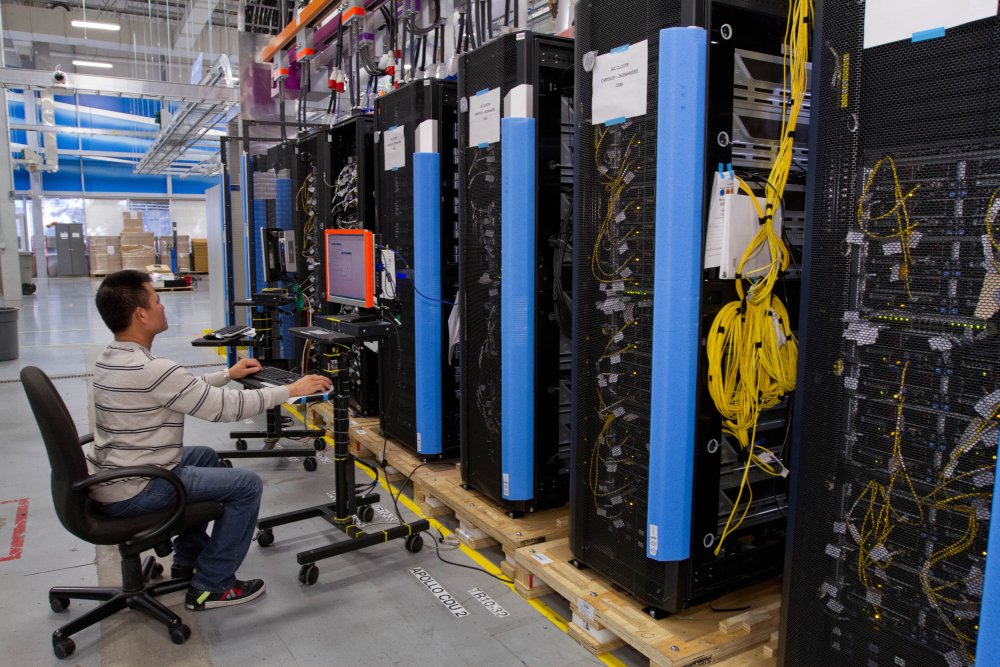By Tim Buckley
In the often grim world of climate reporting, there is at least one upbeat story: India has been aggressively pivoting away from coal-fired power plants and towards electricity generated by solar, wind, and hydroelectric power. This means that the amount of carbon dioxide the country emits into the atmosphere should come down dramatically.
The reasons for this change are complex and interlocking, but one aspect in particular seems to stand out: The price for solar electricity has been in freefall, to levels so low they were once thought impossible. For example, since 2017, one solar energy company has been generating electricity in the Indian state of Rajasthan at the unheard-of, guaranteed wholesale price of 2.44 rupees per kilowatt-hour, or 3 US cents. (In comparison, the average price for electricity in the United States is presently about 13.19 cents per kilowatt-hour, and some locations in the country pay far more. As recently as 2008, the average homeowner on Block Island, Rhode Island, paid a staggering 61 cents per kilowatt-hour for electricity, before any other fees or charges—which can nearly double the price. And businesses had it even worse, with some business owners reporting electric bills of as much as $30,000 per month.)










/arc-anglerfish-arc2-prod-mco.s3.amazonaws.com/public/AQXRBYMZURB2RGUH5FMXURUJKQ.jpg)













